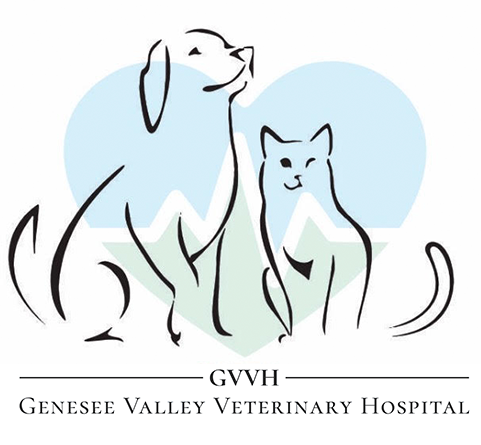Library
-
Injuries to the eye and surrounding areas of the head and face are relatively common in horses and ponies due to their inquisitive nature and as a result of "arguments" with each other and with structures such as stable doors, fence posts, trees, etc.
-
Primary intraocular tumors, aside from melanoma, are relatively uncommon. There are many different types of primary tumors, including ciliary body adenoma and adenocarcinomas, uveal schwannomas of blue-eyed dogs, feline post-traumatic ocular sarcomas, and iridociliary adenomas and adenocarcinomas. When an intraocular tumor is suspected, a referral to a veterinary ophthalmologist may be recommended. Diagnosis is usually via an abnormal ophthalmic examination and/or ophthalmic ultrasound. Surgery is often recommended, especially if the pet has symptoms that reduce quality of life. The risk of metastasis is related to the type of tumor.
-
You’ve probably heard lots of funny cat anecdotes; about how you don’t own them…they own YOU; how they feel superior to everyone, especially dogs; that they expect to be treated like royalty. If you are considering a feline acquisition, first consider this: lots of those remarks are true! This handout explains the other factors to consider in selecting the cat most likely to choose your family, too.
-
Dogs can be amazing family members and greatly enrich our lives! Adding a dog to the family is also a serious commitment, and research before choosing a dog will help set the family and the dog up for success. This handout goes over some factors to consider when selecting a dog.
-
Fading puppy syndrome describes puppies that decline in health and die within about two weeks of birth. Neonatal puppies are fragile and so there can be many causes of this syndrome including birth defects, inadequate care from the mother, poor health status of the mother and/or infectious diseases. As well as addressing a specific cause, treatment focuses on maintaining hydration and warmth while providing adequate nutrition. Environmental hygiene is extremely important.
-
In pregnant mares, unlike most other animals, antibodies do not cross the placenta into the foal's blood stream before birth. Therefore, when a foal is born it has no natural defence mechanisms against infection because it has no antibodies, that are the blood's special immune proteins, with which to fight infection.
-
Famciclovir is given by mouth and is used off-label to control feline herpesvirus. Give as directed. Side effects may include vomiting, diarrhea, decreased appetite, and increased drinking and urination. Do not use it in pets that are allergic to it or penciclovir. If a negative reaction occurs, call your veterinary office.
-
Fanconi syndrome affects the ability of the kidney tubules to re-absorb certain electrolytes and nutrients such as potassium and glucose, allowing them to spill into the urine. This causes excessive drinking and urination and ultimately kidney disease. Basenjis are most commonly affected. It is often diagnosed based on glucosuria without hypoglycemia. Though reversal of this disease is not possible, treatment involves supplementation with different minerals and electrolytes as well as standard treatments for management of kidney disease. Regularly monitoring of blood parameters is recommended to allow early intervention if the disease is worsening. Fanconi-like syndrome has occurred in dogs ingesting certain chicken jerky treats and can be resolved by discontinuing these treats.
-
It is a well recognized saying 'no foot no horse'. Caring for your horse's feet and hooves and ensuring that he is attended to regularly by your farrier will safeguard his long term soundness.
-
A feather cyst is a malformation of a feather follicle whereby the feather(s) do not exit the skin, and instead become buried in a cyst under the skin. They can become quite large and be painful to the pet. These cysts require veterinary attention and if injured, may bleed extensively.


